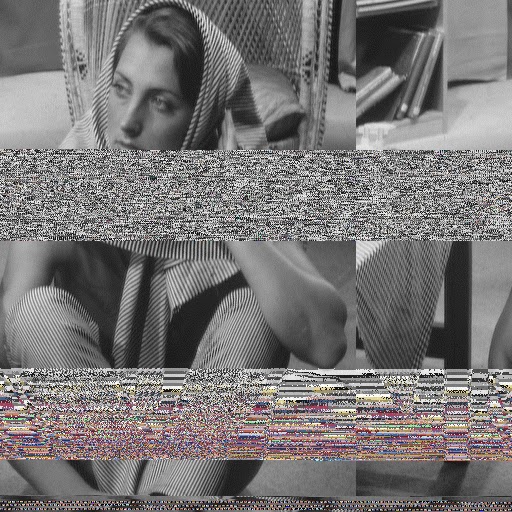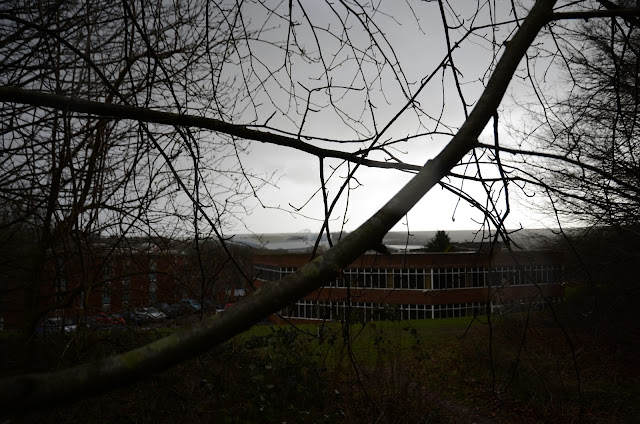Depth of Field
Depth of field is the zone of acceptable sharpness within a photo that will appear in focus. In every picture there is a certain area of our image in front of, and behind the subject that will appear in focus.
This zone will vary from photo to photo. Some images may have very small zones of focus which is called shallow depth of field. Others may have a very large zone of focus which is called deep depth of field. Three main factors that will affect how you control the depth of field of your images are: aperture (f-stop), distance from the subject to the camera, and focal length of the lens on your camera.
This is the part with a lot of math involved which doesnt make much sense to me.
Depth of field impacts the background and foreground of an image. Making one clear and the other hazy or vice versa.
This image shows good use of depth of field to single out the can in the middle while blurring out the rest.
Berger's Way of Seeing- The way one sees things is affected by what one knows or believes in.
To quote him,- " The sight of the beloved has a completeness which no words or embrace can match."
Quite true if someone believes in love but nothing if someone doesnt. But the number of people who dont are very few. Love can go beyond just romantic love, it can be love for a place, a thing, an animal, a film, a belief. The film Interstellar by Christopher Nolan tells us how love transcends time and is omnipresent.
Now I plan to work on my project in Brighton. I am quite sure many people love this city, some call it home but nevertheless it has given all of us a lot and I will try to show parts of this city in my photograph which will remind some people about their love and affection towards their city. Of course they have to be the favourite locations of people like the City Centre or Pier or Level.
My Attempts at creating images using doF-
I don't know what I ended up with but I wanted to focus the branches and blur the background.


























